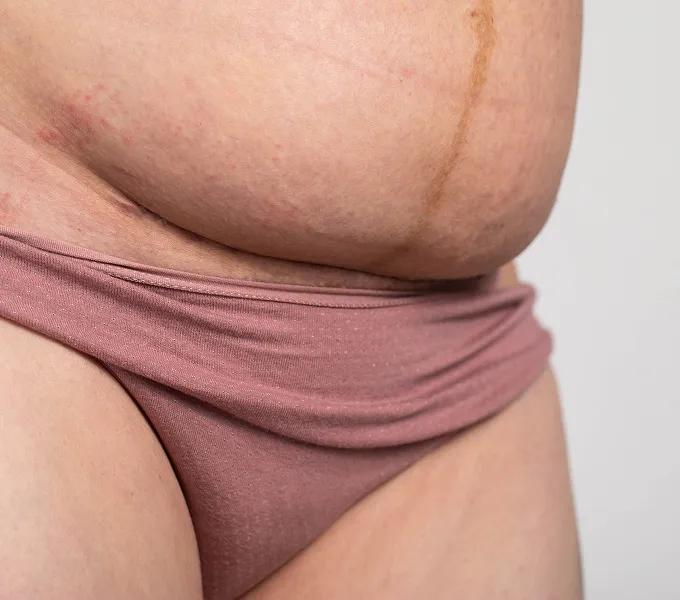
9 Tips for Preventing and Treating Mastitis & Clogged Milk Ducts
Here’s something I didn’t think about until I experienced it firsthand – clogged milk ducts. Not everyone who produces breast milk has the struggle of dealing with clogged ducts, but if you do, you are not alone!
Having exclusively nursed my first daughter, I felt like I had a pretty good handle on how to nurse number two when she came along. While some things came much easier than the first – latching, for example – others were an unexpected struggle. After starting back at Origin part-time (which involved having to pump) as well as introducing solid foods (resulting in her dropping a feeding or two) I began to develop the dreaded clogged ducts. Here’s what I have learned.
How to know if you have a clogged duct
- It will be sore to the touch and feel like a bruise
- The breast will have hard lumps or nodules (or the whole breast will be hard)
- You’ll notice prominent veins
- Occasionally, you’ll leak milk (when you normally wouldn’t expect to)
When to contact your MD
The development of mastitis from a clogged duct situation is an indication to contact your physician. Mastitis is an inflammation in the breast tissue that could be infected and occurs when a clogged duct turns into something more serious. It’s characterized by breast pain, swelling, and redness accompanied by body aches, chills, fever, general malaise and not feeling well.
Most importantly, what to do!
- Massage the involved area of the breast. If you’re anything like me, your hand will likely get tired, so here’s some options for varying the technique.
- Run your thumb or finger along in a linear pattern leading toward the nipple with firm pressure back and forth for several minutes before nursing.
- Press firmly into the sore spot and continue to press in a circular motion.
- Use a swooping motion with knuckles also in a linear direction.
- Place a heating pad (or a washcloth dipped in really warm water – work with what you’ve got!) on the breast for several minutes before nursing.
- If only 1 breast is clogged, start the nurse on that side every time.
- While nursing, continue to firmly massage the hard breast tissue in a sweeping linear or circular pattern (of course, this is if the baby lets you!).
- If you’re able, after nursing take a hot shower and self express the involved breast using the same linear massage method to express the milk.
- Repeat the massage and heat double team for each nurse until the feeling of soreness is gone from your boob. If the clogged duct remains for >2 days or if this is happening on a regular basis, come to PT for problem solving and help treating the involved breast(s).
Tips for avoiding clogged ducts
- If you’re nursing, alternate which side you start on every time.
- If you’re not actively weaning, pump after your nursing sessions or add in an extra pumping session or two a day can help. We definitely don’t want to overdo this so if you don’t have an oversupply issue don’t worry about it. However, if you do it for a day or two, it should help release a clogged duct!
- Make sure you’ve got a solid latch every time (even with experienced latchers! Sometimes things like teething can alter the way your baby nurses)
- Avoid sleeping on your side at night. Lying on your back will help to avoid collection of breastmilk in one portion of the breast due to gravity.
- Wear a supportive and firm, full coverage bra, but try one without a wire. Everyone’s different, but here’s one that worked for me: https://www.target.com/p/women-s-nursing-seamless-bra-auden-8482-soft-petal-pink-m/-/A-54173405
- Consistently use of supportive pillows for breastfeeding.
- If you’re self-expressing and want to collect that milk or want to pump one side while babe is nursing on the other, try the Haaka. https://www.amazon.com/dp/B07CWK4S5W/ref=cm_sw_r_cp_api_glt_fabc_G3A10PH998C5J3QER0XQ
Understanding your own clogged ducts better
- Clogged ducts tend to happen in a smaller breast if there is a significant difference in size or milk producibility (left vs. right).
- Each duct that runs to the nipple is continuous, meaning it does not branch or connect with other ducts. (Think of a duct as being a tube or bendy straw that brings milk to the nipple).
- It tends to happen when weaning or ramping up milk production as the supply and demand changes.
- If you are weaning a feed and this happens, try not to increase the amount of feeds in a day to dislodge the clogged duct. Stay consistent and apply the techniques we discussed to dislodge manually. Increasing feeds will increase milk production overtime and does the opposite of weaning!
Physical therapists at Origin specialize in management of clogged ducts and mastitis, among many other conditions. Don’t feel like you are alone in this – we got you!




